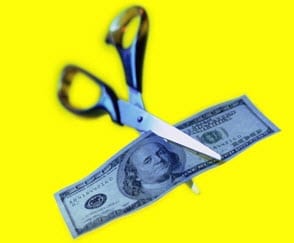 Some growers in Kansas are giving the nod to a bill that would decrease newly converted land subsidies.
Some growers in Kansas are giving the nod to a bill that would decrease newly converted land subsidies.
Although it would be natural to expect that farmers would be entirely against legislation that would place a tougher limit on crop insurance subsidies, there are some that are expressing their belief that the move is indeed designed to protect their interests over the long term.
The changes to the subsidies would mean a reduction for grasslands that had not previously been agriculture space.
These changes have to do with the Protect our Prairies Act. This was introduced by in the House of Representatives earlier in February, by a Minnesota Democrat and a South Dakota Republican. Part of its changes would involve a reduction in the crop insurance subsidies that would be available for grasslands that had not been used for agriculture in previous seasons.
The goal of the crop insurance changes would be to save a considerable amount of money for the program.
Among the supporters is American Farmland Trust. They believe that the savings that could be generated through this Act include a savings of approximately $200 million. The reason is that it would stop farmers from being able to use the yields from their existing fields for the ones that have been newly converted, as the crop insurance subsidies are based on the expected yield, or historical yield.
Earlier in February, a report from the American Academy of Sciences stated that 1.3 million acres of grasslands in Minnesota, Nebraska, North and South Dakota, and Iowa had been converted into croplands from 2006 through 20011. The majority of them are now growing soybeans and corn. The results in the report were based on data provided by satellite images which did not include the southern Great Plains areas or Kansas.
The president of the Kansas Farmers Union, Donn Teske, explained that he believes that the proposal for reducing some of the crop insurance subsidies is definitely worth consideration. The prices of land are very high right now, he explained, and so many farmers have started to convert some of their grazing pastures and unused land into cropland fields.

